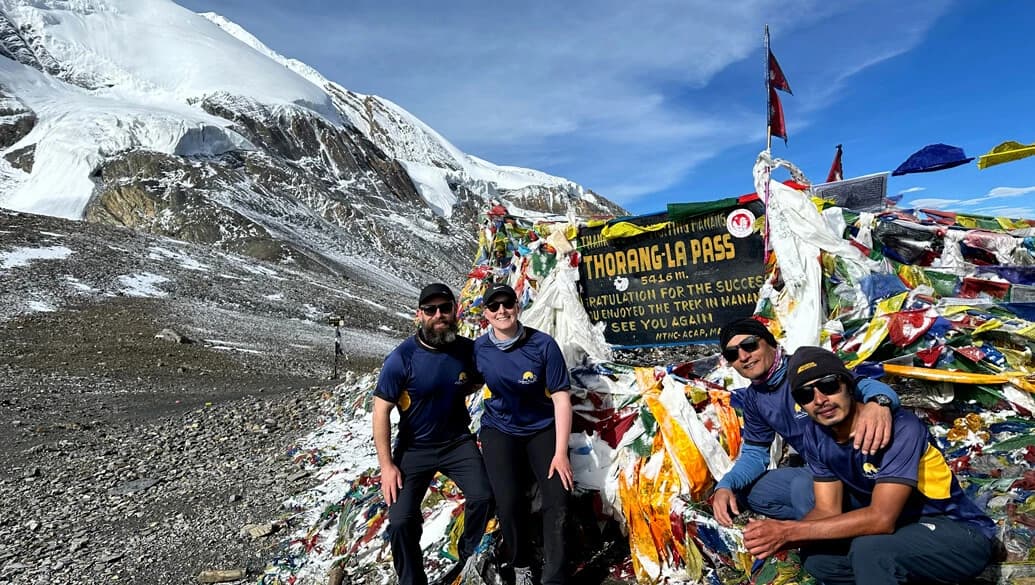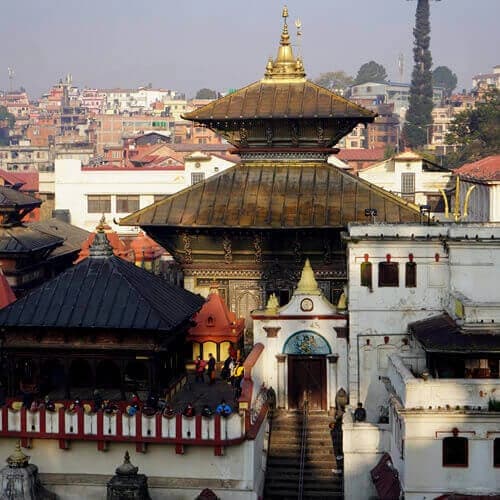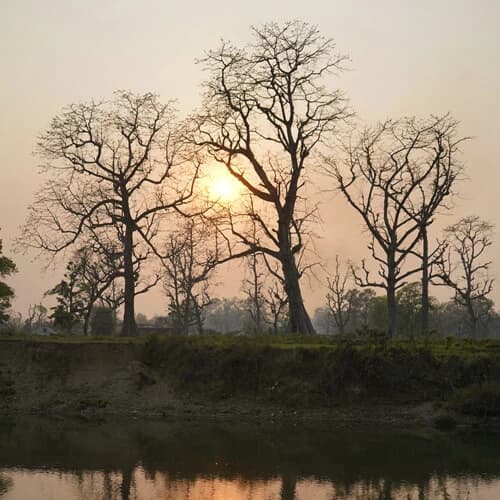Annapurna Circuit with Nar Phu Valley and Tilicho Lake Highlights
- Discover the untouched raw valley of the Annapurna region, hiking through lush valleys and alpine terrains.
- Trek off the beaten trail in the restricted area of Nar Phu Valley.
- Enjoy a close-up view and exploration of the turquoise Tilicho Lake, the highest lake in the world.
- Steady ascent through subtropical forests to high mountain passes, including Thorong La (5,400m /17,717ft) and Kang La Pass (5,240m/ 17,192 ft).
- Stunning mountain views of the Annapurna range, including other peaks such as Gangapurna, Dhaulagiri, and Lamjung Himal.
- This is an informative tour of historic Buddhist monasteries, such as the Tashi Lakhang Monastery, the final monastery built by the Karmapa Rinpoche.
- Visit the sacred religious site of both Hindu and Buddhist followers, the revered Muktinath temple.
- Explore the century-old Milarepa cave, Chongar viewpoint, and Praken Gompa.
- Relaxing stay at Tibetan-influenced villages and immerse yourself in their daily lifestyle.
- Learn and participate in the culture and heritage of local communities like Gurung, Magar, and Thakali.
- Witness the Annapurna Conservation Area's exotic and elusive plant and animal life.
- After the end of the trek, spend a relaxing time at Pokhara boating on Fewa lake, and exploring the city of Pokhara.
Overview of the Annapurna Circuit with Nar Phu and Tilicho Lake
The Annapurna Circuit with Nar Phu and Tilicho Lake is a remarkable Himalayan journey to the untouched valleys, remote villages, and restricted areas of Nepal. It combines the classic Annapurna Circuit trek route with the exploration of hidden gems and attractions of the region. It takes you to an off-the-beaten-track trek route through high mountains, canyons, glaciers, and gorges. This route was only opened in 2003 for trekkers, and falls in the restricted region. As a result, trekkers must obtain a special permit and have a guide to access the area.
Nar Phu Valley of Nepal has a highland landscape reminiscent of Tibet. It features ancient monasteries, caves, and numerous bizarre rock formations. As you pass through the isolated trails of the region, you will be in awe, admiring the medieval mountain landscapes, which take your breath away. In addition to the amazing Nar and Phu villages, travelers will also be exploring the turquoise Tilicho Lake (4,919 m/16,138 ft), the highest lake in the world. It is located in the Manang district of Nepal, surrounded by vast scenic valleys and snow-covered peaks.
This Nar Phu Valley and Tilicho Lake with Annapurna Circuit Trek is an optimal option for those seeking to push themselves to the limits, while enjoying the remarkable Himalayan Landscape. During this incredible journey, you will cross high mountain passes, including the Kang La and Thorong La Pass, which demand average fitness and endurance. Regardless of its challenging nature, the trek is equally rewarding as you'll be visiting some of the best tourist destinations in Nepal. This includes the revered Muktinath, where you can immerse in the spirituality of the site and offer your prayer for a successful journey.
Why Choose the Annapurna Circuit with Nar Phu and Tilicho Lake?
The 21-day expedition combines the iconic Annapurna Circuit Route, glacial Tilicho Lake, and remote Nar Phu Valley. It creates a unique trek experience blending adventure and cultural diversity. For trekkers seeking a physical challenge, artistic depth, and exploration of pristine landscapes, this journey is one of the best choices in Himalayan exploration. Here are a few other factors that make it stand out:
- Access to Restricted Areas: Explore the Nar Phu Valley, hike off-the-beaten-path, and visit ancient fort ruins, medieval monasteries, and Tibetan-influenced villages. You'll also visit Tilicho Lake, surrounded by glacial peaks like Tilicho Peak (7,134m).
- High-Altitude Thrills: Conquer Thorong La Pass (5,416m) and Cross Kang La Pass (5,320m), two of Nepal's most challenging high passes. You will have panoramic views of Annapurna II, Manaslu, and Gangapurna Himal from here.
- Cultural Immersion: Experience the Buddhist traditions of the local people and participate in their daily rituals and prayers at Muktinath. You'll also visit Muktinath Temple, a sacred Hindu-Buddhist pilgrimage site where the faiths of both religions are intertwined in harmony.
- Diverse Landscapes: Hike from the bustling trail of the Annapurna Circuit to the serene Nar Phu Valley through the contrast of lush rhododendron forest, alpine meadows, and Tibetan Plateaus.
Note: We offer flexible itineraries, including adequate acclimatization days along the way and an optional hike to Himlung Base Camp and other nearby destinations.
Annapurna Circuit with Nar Phu and Tilicho Lake Cost Details
The price of the Annapurna Circuit with Nar Phu and Tilicho Lake starts from USD per person. The cost of the package depends on the group size, accommodation, meals, and services chosen. As a result, the pricing of each team we organize differs because each traveler has their own needs and preferences.
Whether you are looking for a luxurious getaway or a budget-friendly adventure, get ready to enjoy an incredible journey tailored just for you. You can leave the planning to us; we will dedicate ourselves to making your dream a reality.
If you have more questions about the Annapurna Circuit Trek with Nar Phu and Tilichi Cost, please don't hesitate to contact us.



